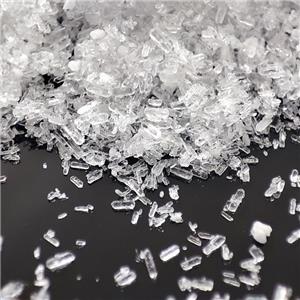Do you know the four "degrees" of talc powder?-2
Whiteness
In the talc industry, whiteness is usually divided into two categories: narrow whiteness and broad whiteness. Narrow whiteness refers to whiteness in a general sense, which can be expressed by indicators such as blue light whiteness R457, Y value, L* value, Ganz whiteness and Hunter whiteness. Broad whiteness includes dry whiteness, wet whiteness and hue, among which wet whiteness is measured by adding an appropriate amount of dimethyl phthalate (DMP) to talc.
Factors affecting whiteness
For the same talc raw material, the finer the particle size, the higher the whiteness; while the higher the moisture content, the lower the whiteness. Although whiteness has no direct effect on the physical properties of plastic products, it is crucial to maintain color purity for light-colored products. A common disadvantage of talc is that it causes the color of mixed plastics to darken, which is also an important reason that limits the widespread application of talc in the plastics industry. By measuring and comparing dry whiteness and wet whiteness, the effect of talc on the darkening of plastic products can be qualitatively evaluated. Generally, talcum powder with low wet whiteness will make the color of plastic darker.

It should be noted that talcum powder with high dry whiteness does not necessarily have high wet whiteness. Generally speaking, only talcum powder with high purity and high whiteness can have a high wet whiteness, which will make the color of plastic products darker to a lesser extent. For the plastics industry, the wet whiteness and hue of talcum powder are key indicators. Specifically, the Y value and L value should be as high as possible, while the absolute values of a value and b* value should be as low as possible.
Market supply and application status
At present, the wet whiteness of some products from the main talc mines in Liaoning, Shandong and Guangxi can reach more than 70%. These high-quality talcum powders are mostly used for export, and the domestic market demand is relatively small. Although these talcum powders are of excellent quality, their prices are also relatively high. In recent years, due to the increasingly tight supply of white talc resources in China, prices have risen sharply. As the demand for talcum powder in the plastics industry continues to grow, this supply shortage trend will be further intensified. The global shortage of talcum powder is not a temporary phenomenon. This imbalance between supply and demand is expected to exist for a long time and is unlikely to be reversed. Therefore, when using talcum powder, you should try to choose low whiteness products to reduce cost pressure.




